In the 2023-2024 dry season, Tien Giang will invest in building 7 saltwater prevention sluices at the top of canals and ditches leading to the Tien River to prevent high tides and saltwater intrusion, and store fresh water to serve key production areas.
Currently, salinity is encroaching further upstream of the Tien River, directly threatening over 22,000 hectares of fruit orchards in the west of Tien Giang province, including Cai Lay district and Cai Lay town, including tens of thousands of hectares of specialized durian.
According to the Steering Committee for Natural Disaster Prevention, Control and Search and Rescue of Tien Giang province, fixed salinity measurement points on the Tien River all show high salinity.
Specifically, on March 19, at the Tam Binh ferry measuring point (Cai Lay district), the salinity was 0.21 gr/liter, an increase of 0.06 gr/liter compared to the previous day; at the Thoi Loc ferry measuring point (Ngu Hiep commune, Cai Lay district), the salinity was 0.16 gr/liter, an increase of 0.11 gr/liter compared to the previous day.
At the beginning of the canals and ditches leading to the Tien River on Provincial Road 864, the province has closed the saltwater prevention sluice gates of Nguyen Tan Thanh, Cau Cong, Rach Gam, Phu Phong, Cay Cong, Hai Tan; and the two sluice gates of Mu U and Cai Son in Cai Lay district are operating to take fresh water when conditions permit.
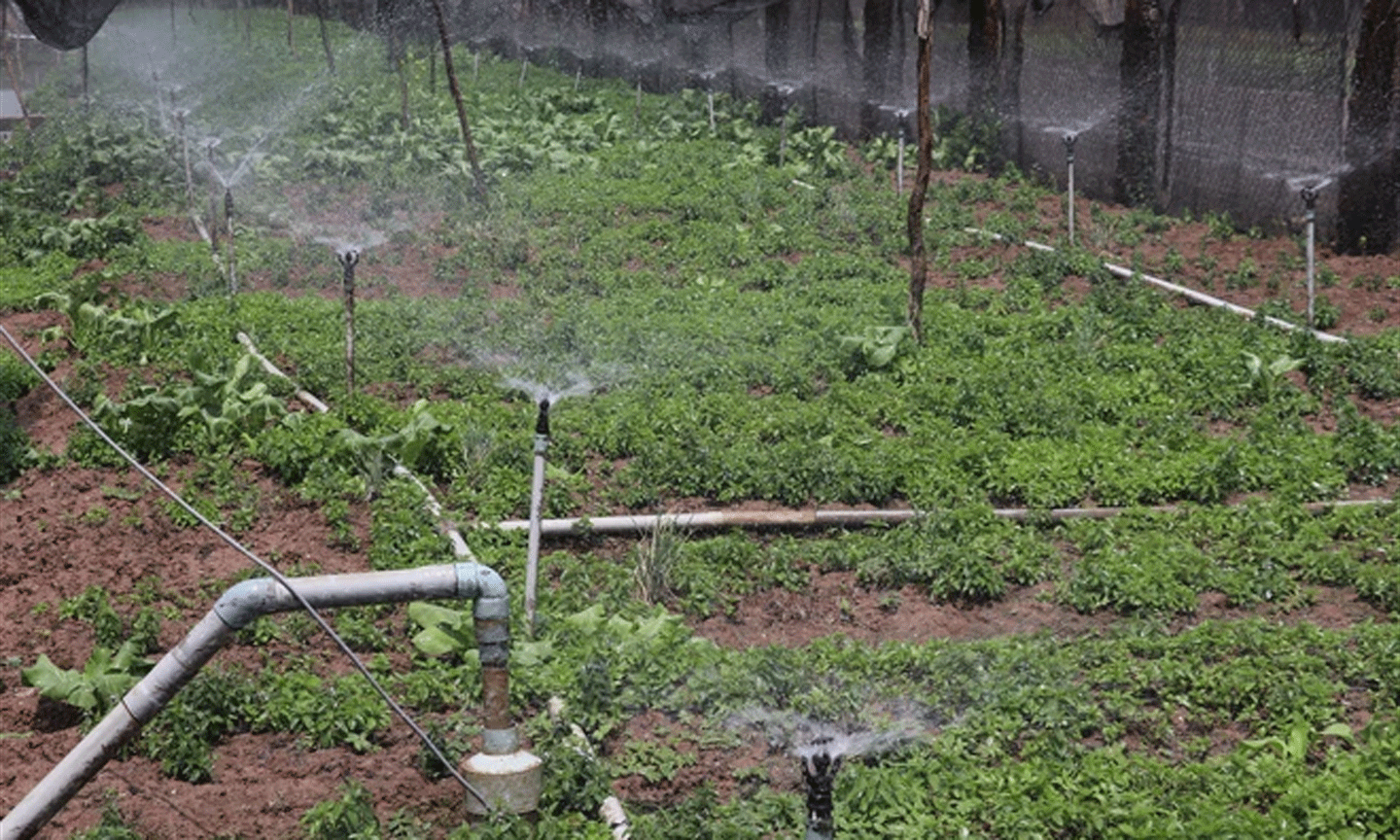 |
Gardeners in Than Cuu Nghia commune, Chau Thanh district, Tien Giang province apply a misting system to water vegetables to save water and protect production during the dry season. (Photo: Huu Chi/VNA) |
Implementing the East-West Ba Ray dike project to protect over 8,300 hectares of cultivated land in Cai Lay district and Cai Lay town, Cai Lay-Cai Be Irrigation Branch (Tien Giang Irrigation Works Exploitation One Member Limited Liability Company) has closed 2 sluices: Giong Tre 2 and Cau Kenh; Bau Dien, Vam Tac II, Ong Tung, Vam Tac I sluices are operated to discharge water to solve environmental problems.
The remaining sluices are operating freely to take advantage of the opportunity to extract fresh water, store it in the fields, fight drought and serve irrigation for crops.
According to Mr. Tran Minh Huu, Director of Cai Lay-Cai Be Irrigation Branch, in the coming days, the Mekong Delta will enter a new high tide period, coinciding with the full moon of February. It is forecasted that salinity may encroach further, threatening the specialized fruit growing areas in the West of the province.
Therefore, the unit is increasing the number of staff to check, measure salinity, and monitor the progress of saltwater intrusion every hour of the day to have appropriate response measures, so as not to affect production and life.
Cai Lay district and Cai Lay town are also quickly implementing plans to respond to high tides and saltwater intrusion; focusing on reinforcing and raising embankments and dikes to prevent saltwater intrusion, combined with storing fresh water in ponds and garden ditches; mobilizing people to carry out internal irrigation to store water to prevent and combat drought and saltwater intrusion, combined with keeping water sources clean, preventing environmental pollution, and using water resources economically.
To protect 15,700 hectares of fruit gardens, concentrated in communes south of National Highway 1, including more than 9,000 hectares of durian gardens, Cai Lay district has invested nearly 5.5 billion VND to dredge 45 intra-field canals, with a total length of over 46,000m, and an excavated volume of over 157,000m3, to get water for irrigation and drought prevention.
The locality also built 10 dams to prevent salinity, repaired 44 sluice gates, constructed 8 new sluice gates, organized salinity measurement points, and propagated people to proactively respond to drought and salinity, protect production and life.
Cai Lay District People's Committee also deployed a plan to operate 17 deep-water wells as a backup to ensure irrigation water sources, prevent drought and salinity, and protect the local specialty fruit growing areas.
In recent days, island communes on the Tien River such as Tan Phong and Ngu Hiep (Cai Lay district) have also built 21 temporary dams to prevent saltwater intrusion in response to the upcoming high tide and saltwater intrusion peak, protecting nearly 3,000 hectares of local specialty durian gardens.
According to Vice Chairwoman of Cai Lay Town People's Committee Vo Thi Bup, in case of complicated drought and saltwater intrusion, the locality will organize pumping, drought prevention, and protection of about 300 hectares of fruit trees, mainly durian trees in Phu Qui, Nhi Qui communes and neighboring areas.
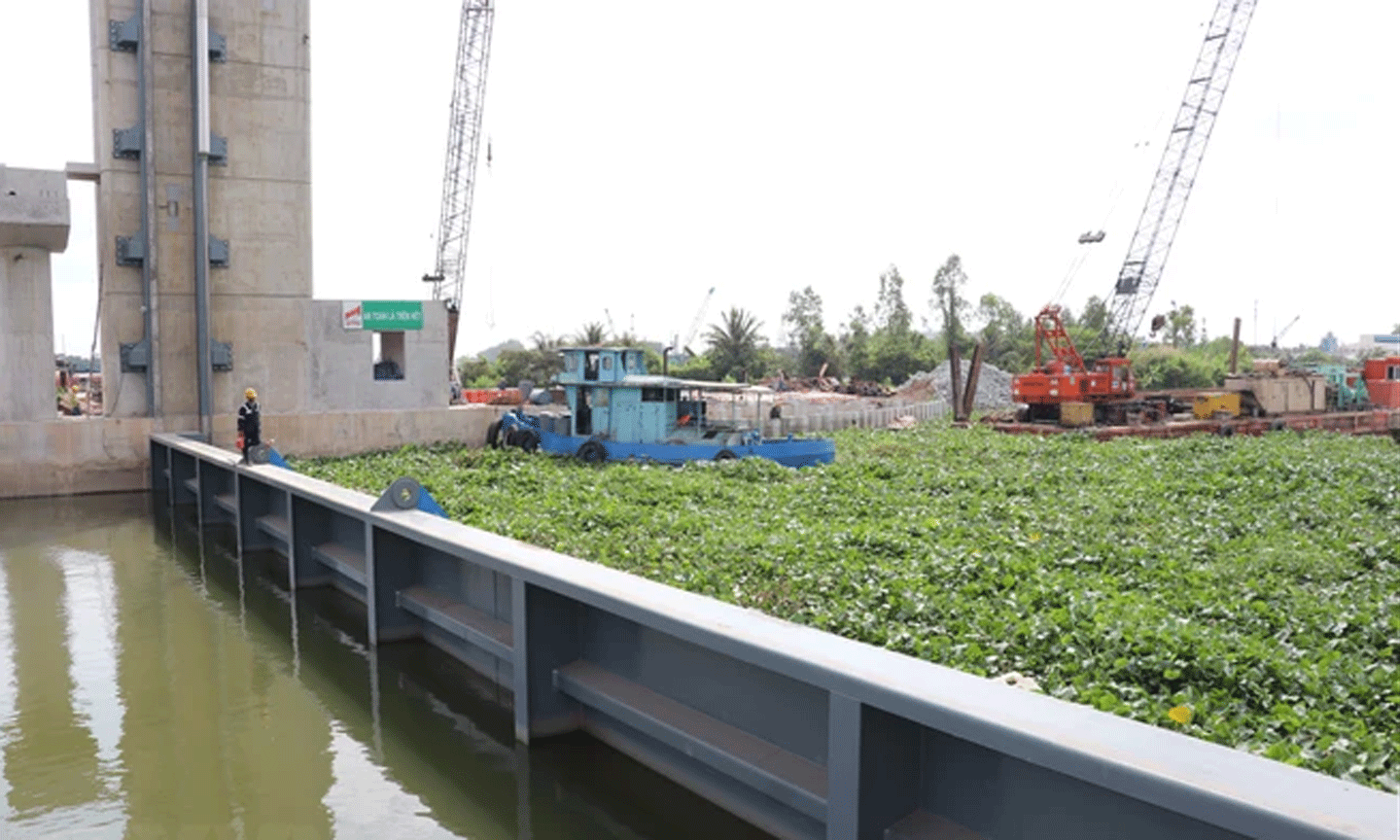 |
Nguyen Tan Thanh saltwater prevention sluice (Tien Giang) is effective in preventing saltwater intrusion and storing fresh water, although it is still under construction. (Photo: Huu Chi/VNA) |
Previously, in order to protect key local production areas, in the 2023-2024 dry season, Tien Giang invested in building 7 saltwater prevention sluices on the top of canals and ditches leading to the Tien River to prevent high tides and saltwater intrusion, and store fresh water to serve key production areas: Bao Dinh project area, Dong Thap Muoi area and the specialty durian growing area in the West of the province.
In addition, the Department of Agriculture and Rural Development of the province also organized many training sessions and widely disseminated to households appropriate measures for plant care during the dry season, such as increasing the use of organic fertilizers or micronutrient fertilizers to increase the resilience of plants; applying water-saving irrigation measures, applying high-tech intensive crop cultivation, using straw to cover tree roots to retain moisture, as well as proactively storing fresh water in ponds and ditches, saving water resources, keeping water sources clean, and preventing pollution; encouraging people to replicate effective climate change adaptation farming models or design and install water-saving irrigation systems for plants.
According to the Tien Giang Province Irrigation Department, from now until August 2024, it is forecasted that there will be about 4 more high tides on the Tien River. Of these, the high tide from April 9 to 12 will have water levels higher than alert level 3. In the remaining high tides, water levels will be approximately or lower than alert level 3.
The Department of Agriculture and Rural Development of Tien Giang province recommends that farmers in districts and towns in general, and the western region of the province in particular, need to continue to closely monitor the changes in water quality, water level, and salinity in canals, ditches, and in the fields, in order to promptly and effectively respond, determined to protect the safety of key production areas./.
According to Vietnam+ (Vietnam News Agency)
.
Source


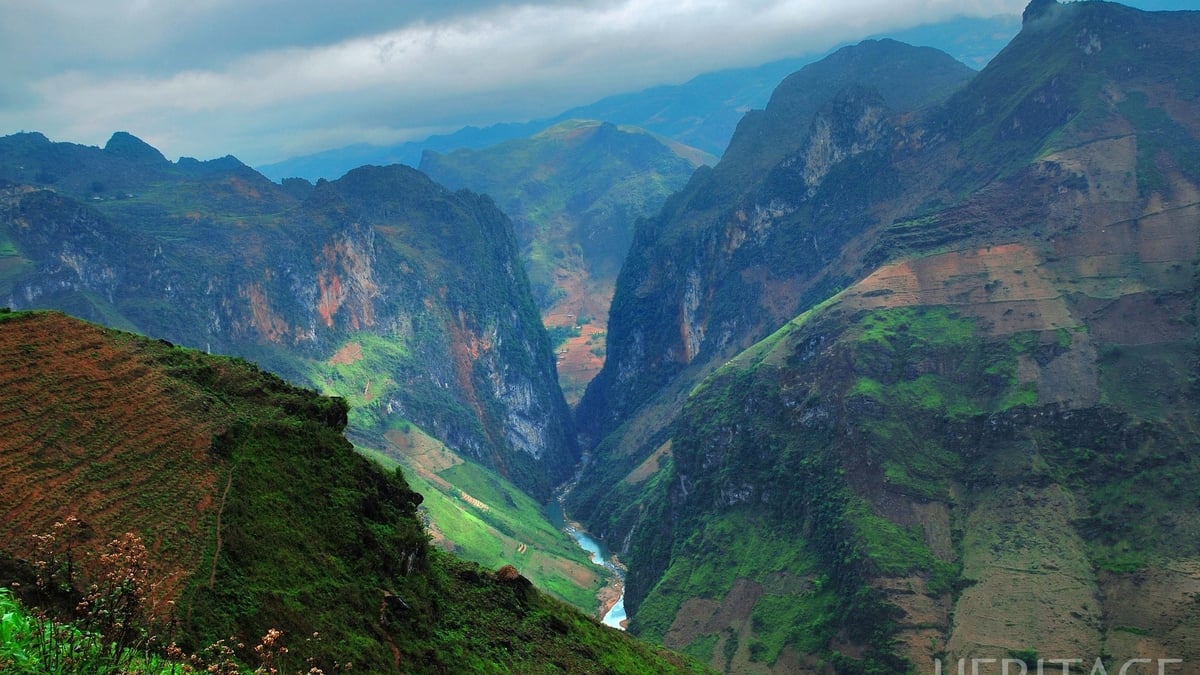
![[Photo] Coming to Son La, let's "show off" with the Wallflowers](https://vphoto.vietnam.vn/thumb/1200x675/vietnam/resource/IMAGE/2025/5/21/627a654c41fc4e1a95f3e1c353d0426d)
![[Photo] Prime Minister Pham Minh Chinh receives the President of Asia-Pacific region of PowerChina Group](https://vphoto.vietnam.vn/thumb/1200x675/vietnam/resource/IMAGE/2025/5/21/0f4f3c2f997b4fdaa44b60aaac103d91)
![[Photo] Prime Minister Pham Minh Chinh receives Rabbi Yoav Ben Tzur, Israeli Minister of Labor](https://vphoto.vietnam.vn/thumb/1200x675/vietnam/resource/IMAGE/2025/5/21/511bf6664512413ca5a275cbf3fb2f65)
![[Photo] Scientific workshop "Building a socialist model associated with socialist people in Hai Phong city in the period of 2025-2030 and the following years"](https://vphoto.vietnam.vn/thumb/1200x675/vietnam/resource/IMAGE/2025/5/21/5098e06c813243b1bf5670f9dc20ad0a)
























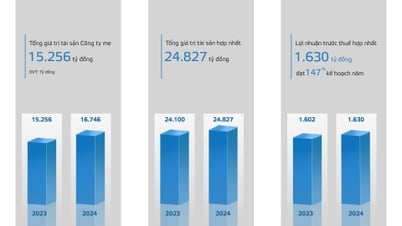
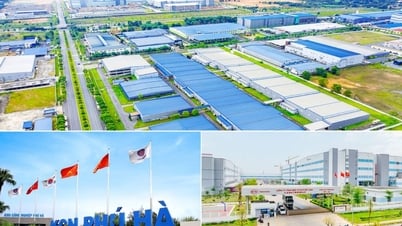




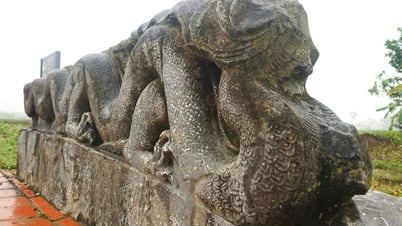





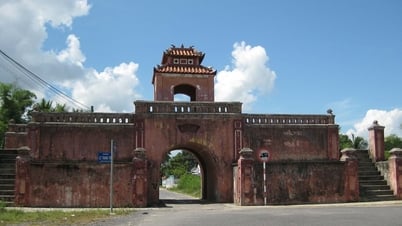


























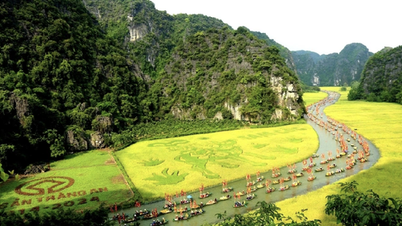








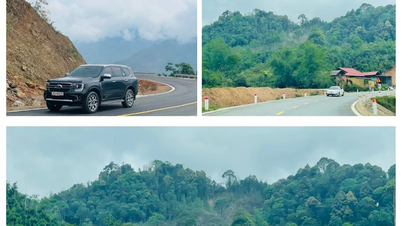

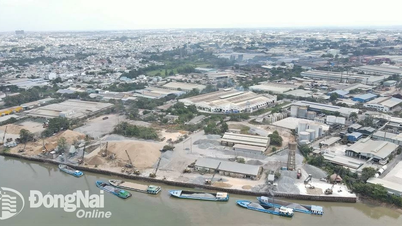

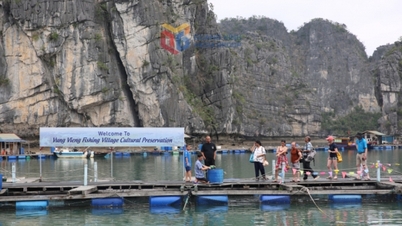











Comment (0)